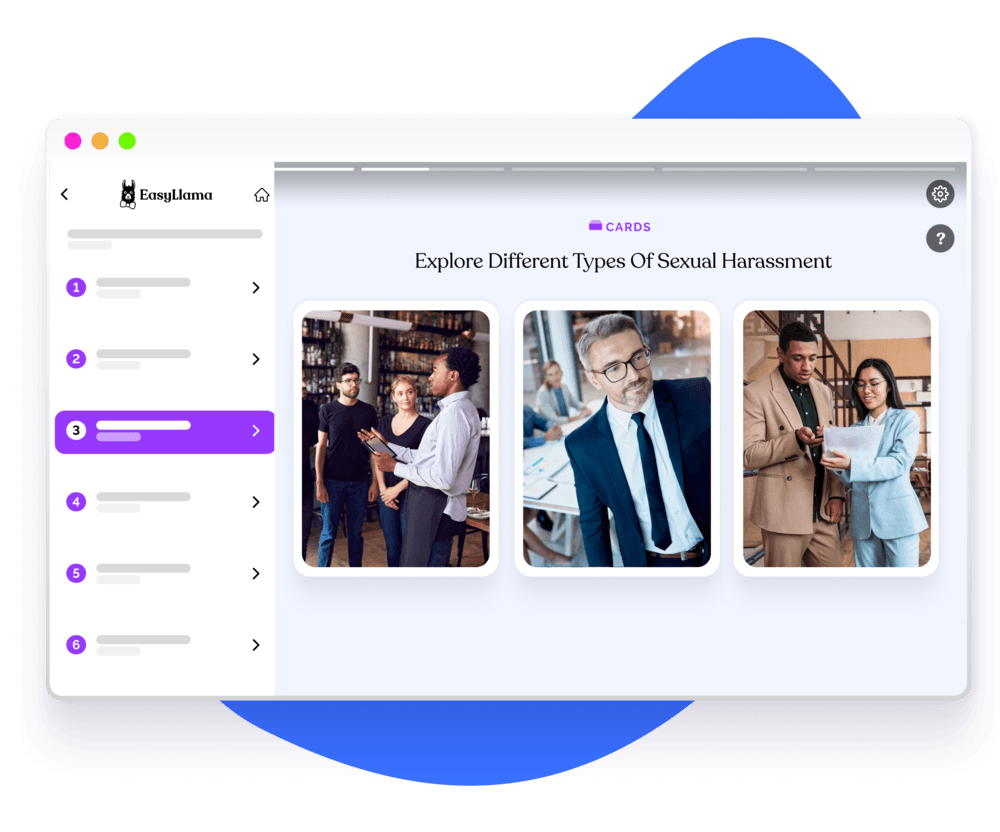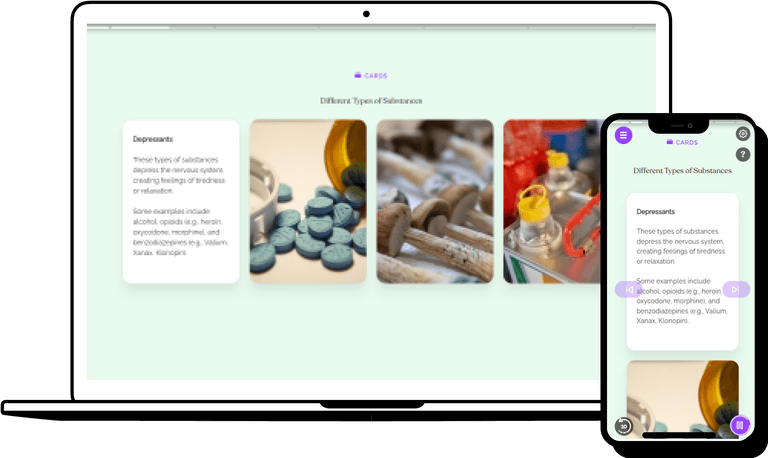Workplace Environments
Navigate through the complexities of diverse workplace environments, examining the variety of settings employees may find themselves in and the specific risks associated with each.

Recognizing Diverse Workplaces
The modern workforce is characterized by a wide array of workplace environments, each with distinct operational and safety challenges. From the traditional office spaces with ergonomic concerns to industrial sites exposed to chemical and mechanical hazards, recognizing the diversity among workplaces is crucial for implementing effective health and safety measures.

Each workplace environment carries specific risks, making it essential to identify and understand these to ensure the safety and well-being of employees.
Workplace environments vary widely, from traditional office settings and remote work scenarios to industrial and fieldwork locations. Understanding these environments is crucial for tailoring effective health and safety strategies.
Each workplace environment presents unique risks; offices may deal with ergonomic and mental stress issues, while industrial sites face hazards related to machinery and chemical exposure. Remote work introduces challenges in maintaining work-life balance and proper home office setups.
Despite the diverse risks across different environments, implementing universal health and safety standards ensures a baseline of protection. These include regular risk assessments, emergency preparedness, and continuous employee training on safety practices.

Ergonomics in Diverse Work Environments
Ergonomics plays a pivotal role in enhancing employee comfort and minimizing injury risks across various workplace environments. Implementing ergonomic solutions, whether through adjustable office furniture in corporate settings or proper lifting techniques in warehouses, is essential for reducing the incidence of musculoskeletal disorders and improving overall workplace safety.
Implementing Safety Across Diverse Workplaces
Adapting safety measures to fit the unique needs of different workplace environments is critical for protecting employees from potential hazards.
Here are some myths to look out for:
- -
Customize training for industry-specific hazards.
- -
Use employee feedback to refine safety protocols.
- -
Apply technology to enhance training accessibility.

Enhance Workplace Safety with EasyLlama
Gain valuable insights into managing the safety challenges that arise in diverse work settings. This comprehensive course will equip you with the necessary tools to effectively apply universal health and safety standards, ensuring a safe and healthy work environment for all employees.

Helping over 8,000 organizations create a safer, more productive workplace
From recognizing various types of workplace hazards—such as slips, trips, falls, fire safety concerns, electrical risks, and exposure to hazardous substances—to developing robust prevention and mitigation strategies, this course covers it all. Employees will learn about the most common workplace injuries and illnesses, and how to implement effective injury prevention strategies.





















